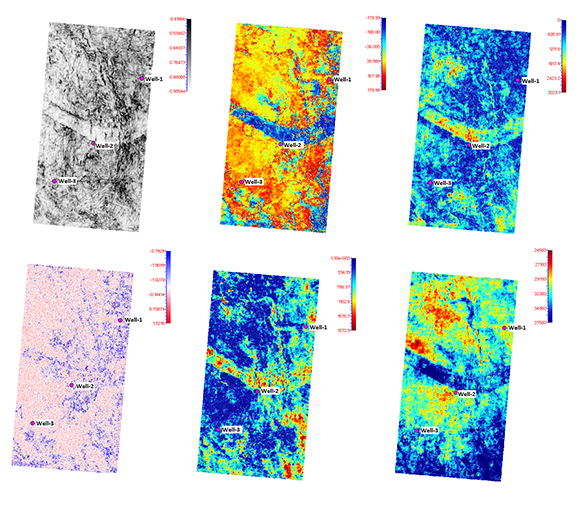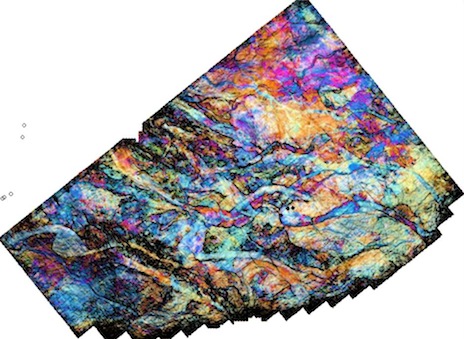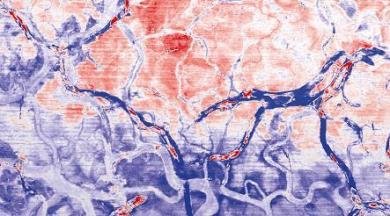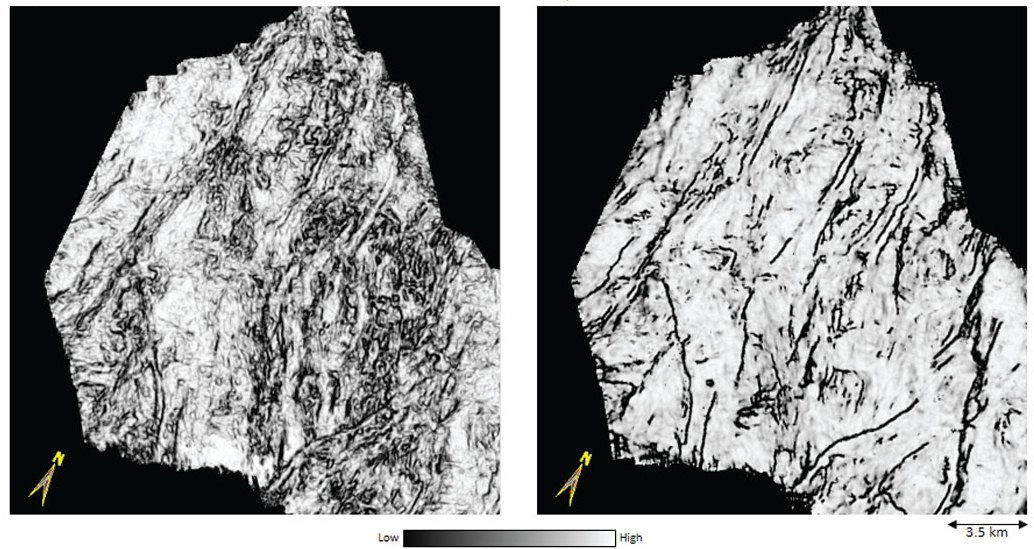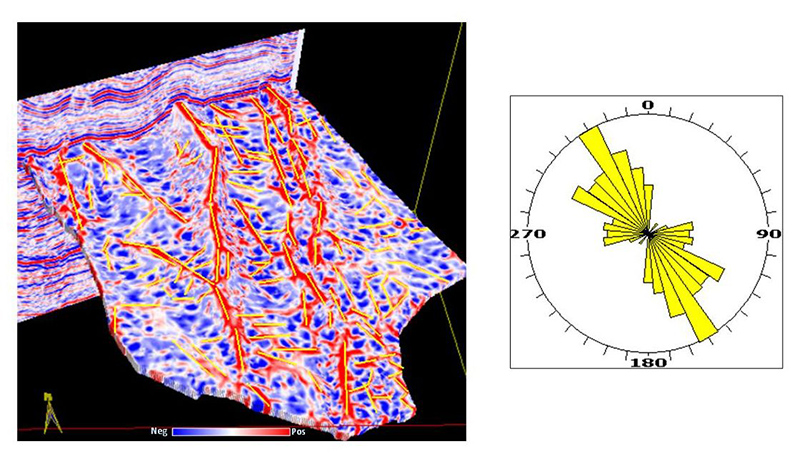Seismic Attribute Analysis
Applying 3D Seismic attributes for fault detection, determination of fracture distribution, revealing stratigraphic features and interpretation of other geological events is a new technology which geoscientists use it overly nowadays.
PPZG has considerable experience in attribute analysis and geostatistics. We use attributes from the seismic data along with well control to map the physical properties measured from the well over the area covered by the seismic data.
A seismic attribute is any measure of seismic data that helps us better visualize or quantify features of interpretation interest. Seismic attributes fall into two broad categories:
- The morphological attributes help us extract information on reflector dip, azimuth, shape, and terminations, which can in turn be related to faults, channels, fractures, karst, and carbonate buildups.
- The reflectivity and kinematic attributes help us extract information on reflector amplitude, waveform, and variation with illumination angle, which can in turn be related to dolomite vs. limestone, reservoir thickness, fracture density and azimuth, and the present-day stress field.

